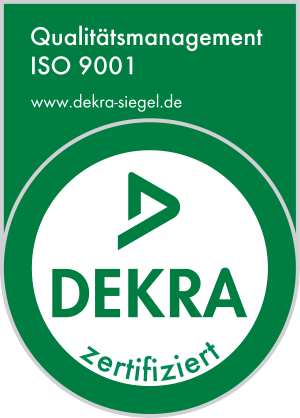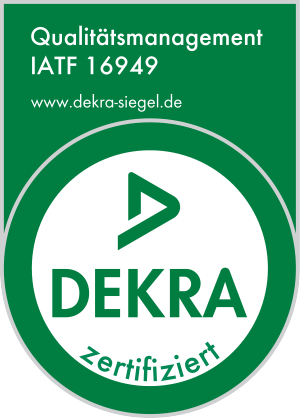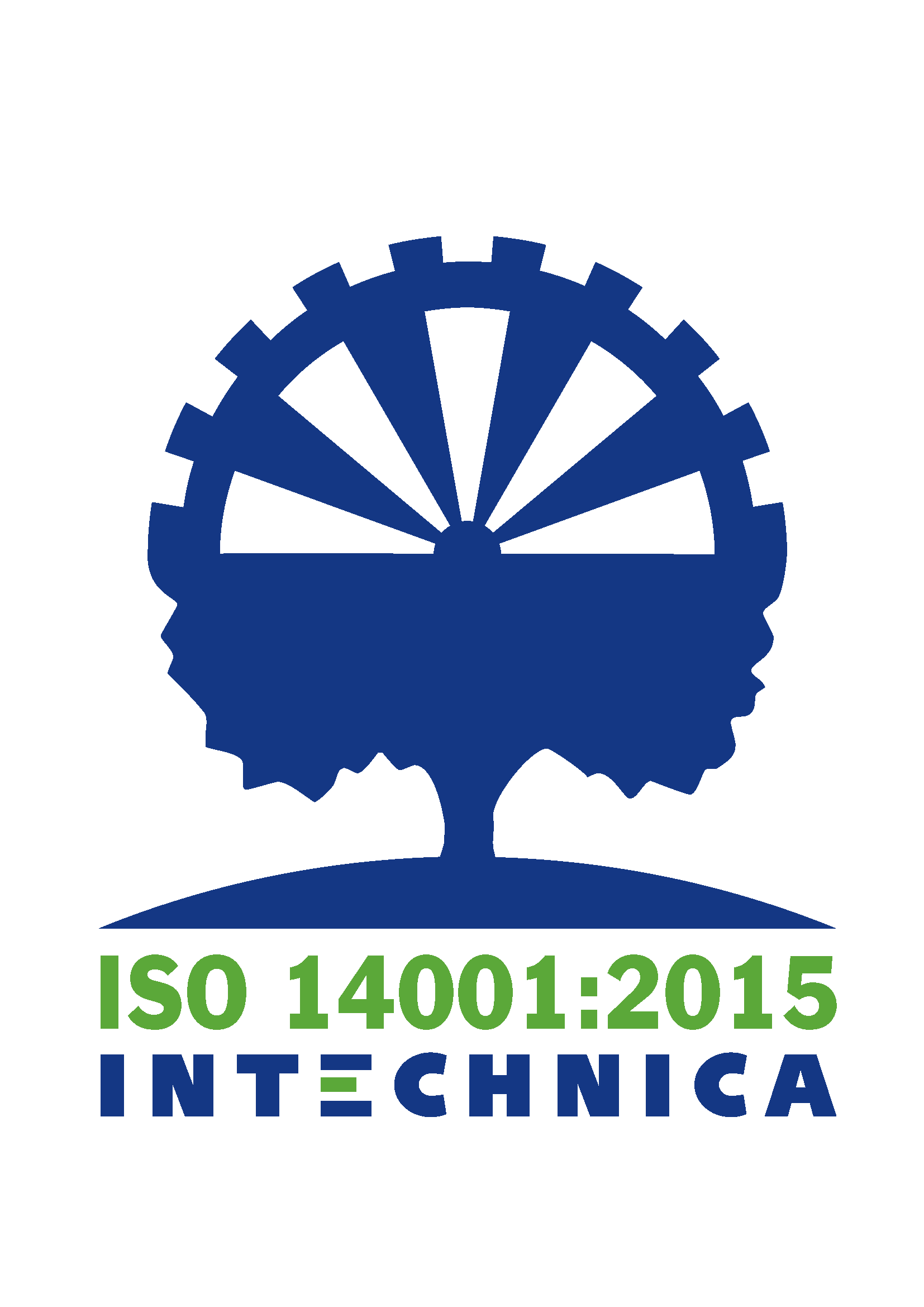Stainless steel wire bending parts are the unsung heroes across numerous industries, offering vital support, form, and function. From automotive components to electronics and furniture, these versatile wire bending parts play a crucial role in the efficient operation of various products.
With their exceptional strength, durability, and corrosion resistance, stainless steel wire bending parts provide unparalleled reliability in demanding applications. Their precise shaping and bending ensure a perfect fit, optimizing performance and enhancing efficiency. Whether customized hooks, brackets, or intricate wire assemblies, stainless steel wire bending parts offer the utmost precision and reliability.
At Dietz, we specialize in producing high-quality stainless steel wire bending parts that meet our customers’ individual requirements. Our expert team leverages cutting-edge technology and extensive industry experience to craft wire bending parts with impeccable precision and durability.
Gain a competitive edge by choosing stainless steel wire bending parts from Dietz. Experience the difference between outstanding craftsmanship and unparalleled functionality in every wire bending part we produce. Trust our commitment to excellence and witness the transformative power of precision-crafted stainless steel wire bending parts.
Advantages of Stainless Steel Wire Bending Parts
Stainless steel wire bending parts offer a variety of advantages, making them a popular choice across different industries. Here are some key benefits:
- Exceptional Strength: Stainless steel’s high strength grants wire bending parts made from this material outstanding load-bearing capacity, withstanding high stresses and providing long-term reliability.
- Superior Corrosion Resistance: Stainless steel exhibits extreme resistance to corrosion and rust, ensuring extended durability for bent wire parts. They can be used in environments subjected to high moisture or chemical exposure without damage.
- Adaptability: Stainless steel wire bending parts can be manufactured in various shapes and sizes to meet the specific requirements of diverse applications. They offer high flexibility in product design, enabling tailored solutions.
- Hygienic Properties: Stainless steel is a hygienic material, easy to clean and disinfect, making bent wire parts ideal for applications in areas such as food processing and medical equipment.
- Aesthetic Appeal: Stainless steel wire bending parts provide a modern and appealing appearance to products. They can be available in various surface finishes like polished, brushed, or anodized to achieve the desired aesthetic effect.
Common Applications of Stainless Steel Wire Bending Parts
Stainless steel wire bending parts find applications across various industries. Here are some common applications:
- Automotive Industry: Used in various automotive areas such as vehicle seats, safety belts, braking systems, and engine assemblies.
- Electronics Industry: Utilized in electronic components like connectors, switches, antennas, and sensors.
- Furniture Industry: Applied in furniture components including chairs, tables, shelves, and lighting fixtures.
- Medical Industry: Found in medical instruments, implants, surgical devices, and prosthetics.
- Construction Industry: Used for railings, stairs, fences, and other structural components.
These are just a few examples showcasing the diverse applications of bent stainless steel wire parts. Thanks to their versatility and reliability, they are found in nearly every industry.
Types of Stainless Steel Used for Wire Bending Parts
Several types of stainless steel alloys are used in the production of stainless steel wire bending parts. Here are some common types:
- Austenitic Stainless Steel: Provides good corrosion resistance and strength, suitable for applications in high-moisture or aggressive chemical environments (e.g., Type 304 and 316).
- Martensitic Stainless Steel: Known for its high hardness and wear resistance, commonly used in applications requiring high wear resistance, like tools and cutting blades (e.g., Type 410).
- Ferritic Stainless Steel: Offers good corrosion resistance and strength, often used in applications requiring high heat resistance, such as oven components and heat exchangers (e.g., Type 430).
- Duplex Stainless Steel: Combines the properties of austenitic and ferritic stainless steel, providing enhanced corrosion resistance and strength compared to austenitic stainless steel and higher heat resistance than ferritic stainless steel (e.g., Type 2205).
The choice of the right stainless steel alloy depends on the specific requirements of the application, including corrosion resistance, strength, and thermal resistance.
Manufacturing Process for Stainless Steel Wire Bending Parts
The manufacturing process for bent stainless steel wire parts involves several steps to achieve precise and high-quality results. Here is an overview of the general manufacturing process:
- Material Selection: The process starts with selecting the appropriate stainless steel alloy based on application requirements.
- Wire Drawing: The selected stainless steel wire is drawn through a series of dies to reduce it to the desired wire thickness.
- Bending and Shaping: The wire is then bent and shaped into the desired form. This can be done manually or using bending machines or CNC-controlled machines.
- Cutting and Welding: If needed, the wire bending parts are cut to the desired length and joined through welding or other joining methods.
- Surface Treatment: The wire bending parts can undergo surface treatments like polishing, brushing, or anodizing to improve aesthetic properties and increase corrosion resistance.
- Quality Control: Each wire bending part undergoes thorough quality control to ensure it meets required specifications and standards.
The manufacturing process for bent wire parts requires expertise, experience, and high-quality equipment to achieve precise results.
Quality Control and Inspection of Stainless Steel Wire Bending Parts
The quality of bent stainless steel wire parts is crucial to ensure reliable performance and durability. Therefore, these wire bending parts undergo rigorous quality control and inspection. Here are some common methods for quality control and inspection:
- Dimensional Control: Each wire bending part is carefully measured to ensure it meets required dimensions and tolerances.
- Visual Inspection: Visual inspection is conducted to ensure the wire bending parts are free from defects, cracks, or other visible flaws.
- Tensile Strength Tests: Tensile strength tests are performed to ensure the wire bending parts can withstand required loads.
- Corrosion Tests: The wire bending parts undergo corrosion tests to check their resistance to aggressive environments.
- Functionality Tests: For complex wire assemblies, functionality tests are conducted to ensure they function properly.
Thorough quality control and inspection ensure that each bent stainless steel wire part meets the highest quality standards and fulfills application requirements.
Customization Options for Stainless Steel Wire Bending Parts
When manufacturing bent stainless steel wire parts, customization options are available to meet specific customer requirements. Here are some common customization options:
- Shaping: Bent wire parts can be manufactured in nearly any desired shape, including hooks, brackets, loops, spirals, and complex wire assemblies.
- Size and Dimensions: Wire bending parts can be produced in various sizes and dimensions to meet the specific requirements of the application.
- Surface Finishing: Bent wire parts can be provided with different surface finishes such as polishing, brushing, or anodizing to achieve the desired aesthetic effect.
- Joining Methods: Depending on the application, wire bending parts can be connected using welding, riveting, or other joining methods.
Customization options allow customers to tailor stainless steel wire bending parts to their specific requirements, obtaining customized solutions.









Leave A Comment